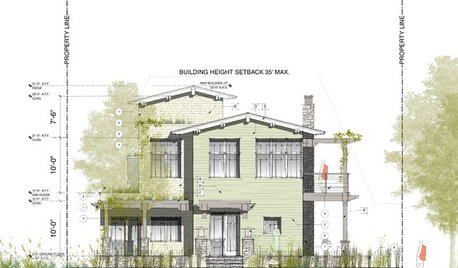opinion on high grafted laceleafs
drcindy
16 years ago
Related Stories

TREES11 Japanese Maples for Breathtaking Color and Form
With such a wide range to choose from, there’s a beautiful Japanese maple to suit almost any setting
Full Story
GARDENING GUIDESVegetables and Flowers Mix in Beautiful Edible Gardens
Ornamentals, meet your edible garden mates. We know you'll get along just beautifully
Full Story
GARDENING GUIDES12 Japanese Maples for a Sunny Garden
The right maple in the right place shines in hot summer sun
Full Story
BEFORE AND AFTERSSee 6 Yards Transformed by Losing Their Lawns
Wondering whether a turf lawn is the best use of your outdoor space? These homeowners did, and they found creative alternatives
Full Story
ARCHITECTUREThink Like an Architect: How to Pass a Design Review
Up the chances a review board will approve your design with these time-tested strategies from an architect
Full Story

myersphcf
ezochi
Related Professionals
Hyattsville Landscape Architects & Landscape Designers · Manhattan Beach Landscape Architects & Landscape Designers · Saint Charles Landscape Architects & Landscape Designers · Wareham Landscape Architects & Landscape Designers · Manhattan Landscape Contractors · Muttontown Landscape Contractors · North Highlands Landscape Contractors · Pikesville Landscape Contractors · Ponte Vedra Beach Landscape Contractors · San Pedro Landscape Contractors · Selden Landscape Contractors · Smyrna Landscape Contractors · Tuscaloosa Landscape Contractors · Tustin Landscape Contractors · Seymour Fence Contractorsconifers
schmoo
mattlwfowler
myersphcf
schmoo
schmoo
botann
gardengal48 (PNW Z8/9)
myersphcf
mattlwfowler
conifers
schmoo
myersphcf
mattlwfowler
schmoo
conifers
conifers